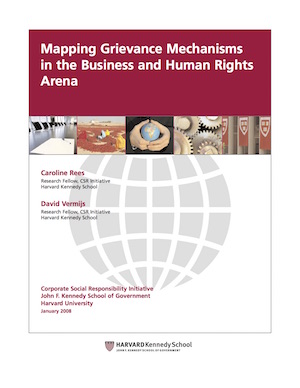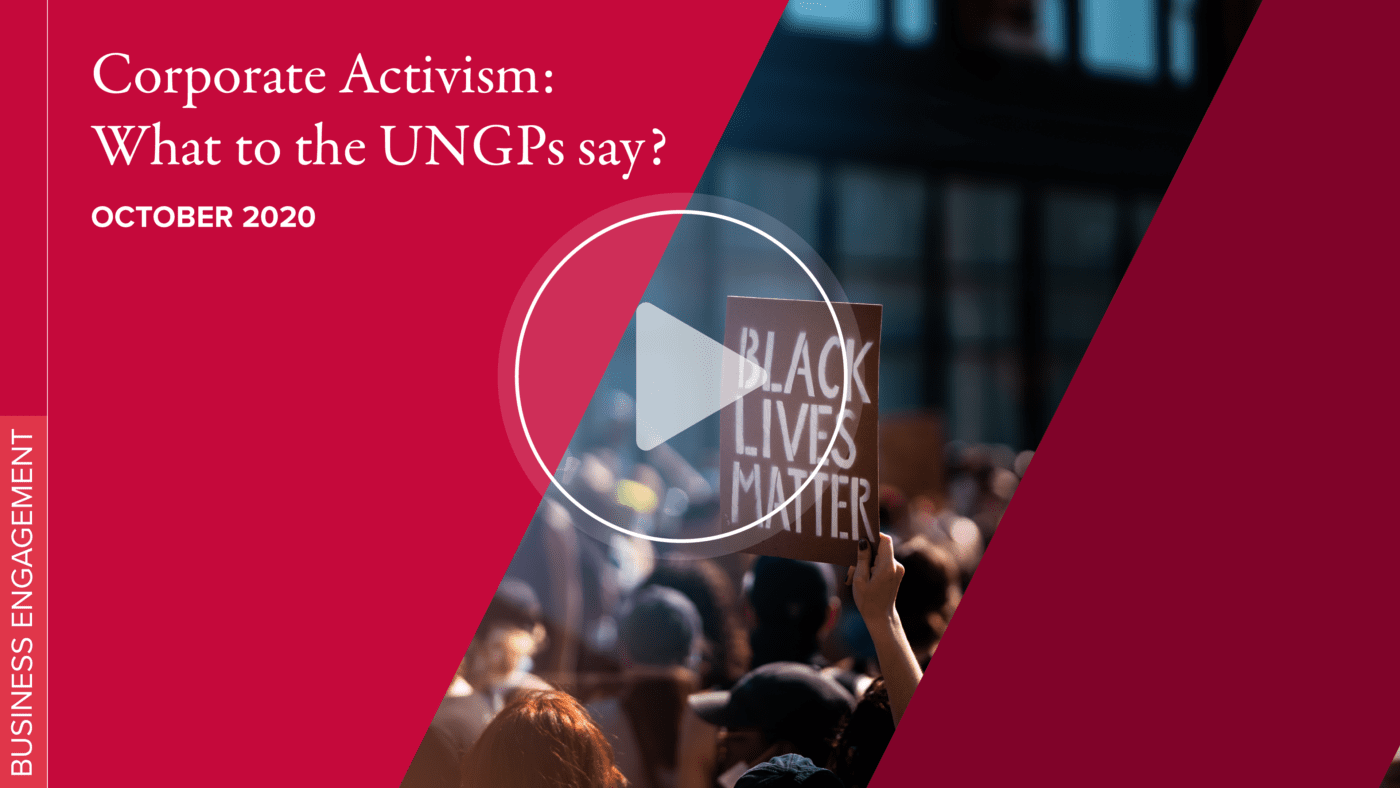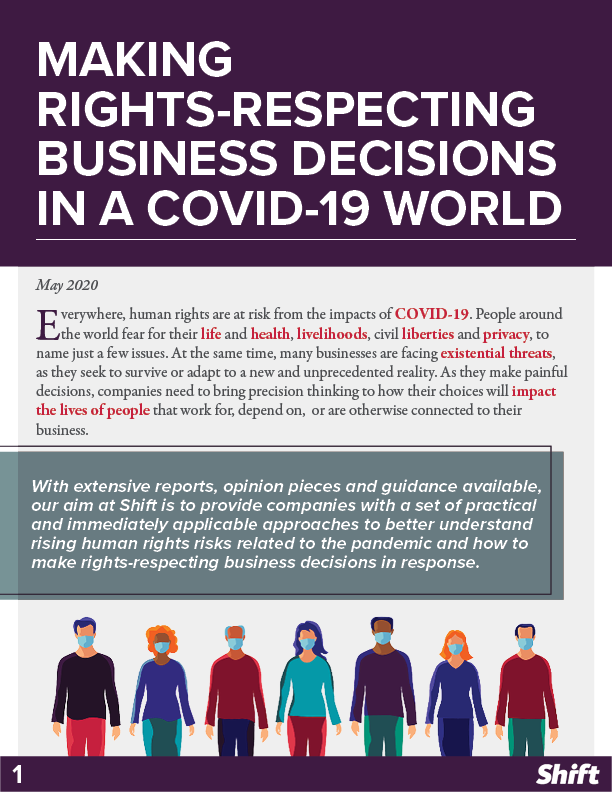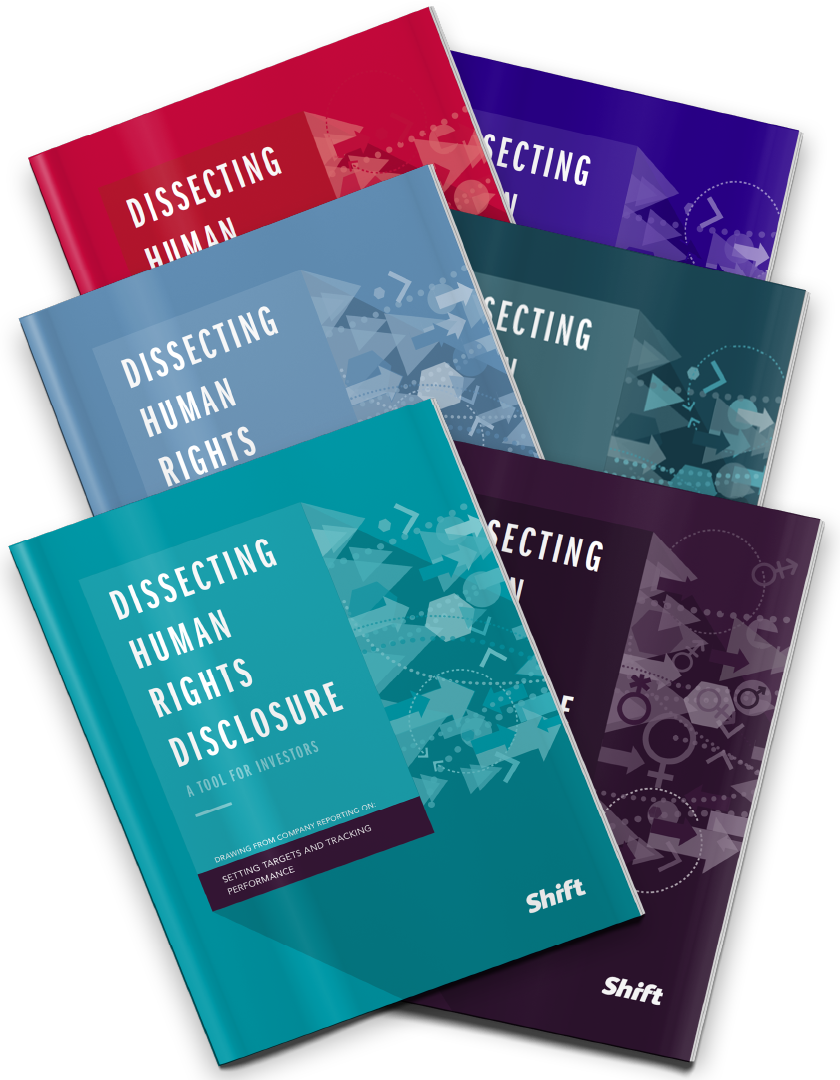Please note that this resource was published in 2008 and there have been a number of new non-judicial mechanisms developed since that time, and some of the mechanisms described in this resource have refined their processes. The summary here is excerpted from the resource.
Summary
This report examines the strengths and weaknesses of existing grievance mechanisms in order to highlight lessons to be drawn from their experience, consider how they might be improved and explore what model mechanisms might look like for the field of business and human rights.
This mapping sets out in summary form a range of existing grievance mechanisms from a variety of different contexts, whether industry or multi-industry, national, regional or international, private or public, based on law or voluntary standards. The aim here is to describe the mechanisms as factually as possible in order to provide a platform for further analysis as to how effective these mechanisms are and how well they are implemented in practice, but such judgments are not the purpose of this work.
The common denominator among the mechanisms is that they a) address the impacts of corporations, b) explicitly or implicitly reference human rights and c) are non-judicial. Their purpose is to find resolutions to grievances outside the judicial process for various reasons such as cost saving, time saving, a desire to avoid confrontation and a need to protect the integrity of an institution or initiative.
The report includes a review of the following grievance mechanisms:
Company Level
- BTC Pipeline/BP, Azerbaijan
- Gap Inc., Lesotho
- Hewlett-Packard, Mexico
- Xstrata Copper, Peru
Industry Level
- Clear Voice Hotline
- Fair Labor Association
- Fair Wear Foundation
- International Council of Toy Industries
- Voluntary Principles Security & Human Rights
- Workers Rights Consortium
Multi-Industry Level
- Ethical Trading Initiative
- Social Accountability International
National Level
- National Human Rights Institutions: India, Kenya, New Zealand
- Labor Dispute Systems: Cambodia, South Africa, United Kingdom
Regional Level
- African Development Bank
- Asian Development Bank
- European Bank for Reconstruction and Development
- Inter-American Development Bank
International Level
- Global Union Federations/TNCs
- International Labour Organization
- Organisation for Economic Co-operation & Development
- United Nations Global Compact
- World Bank Group – Office of the Compliance Advisor/Ombudsman
- World Bank Group – Inspection Panel




